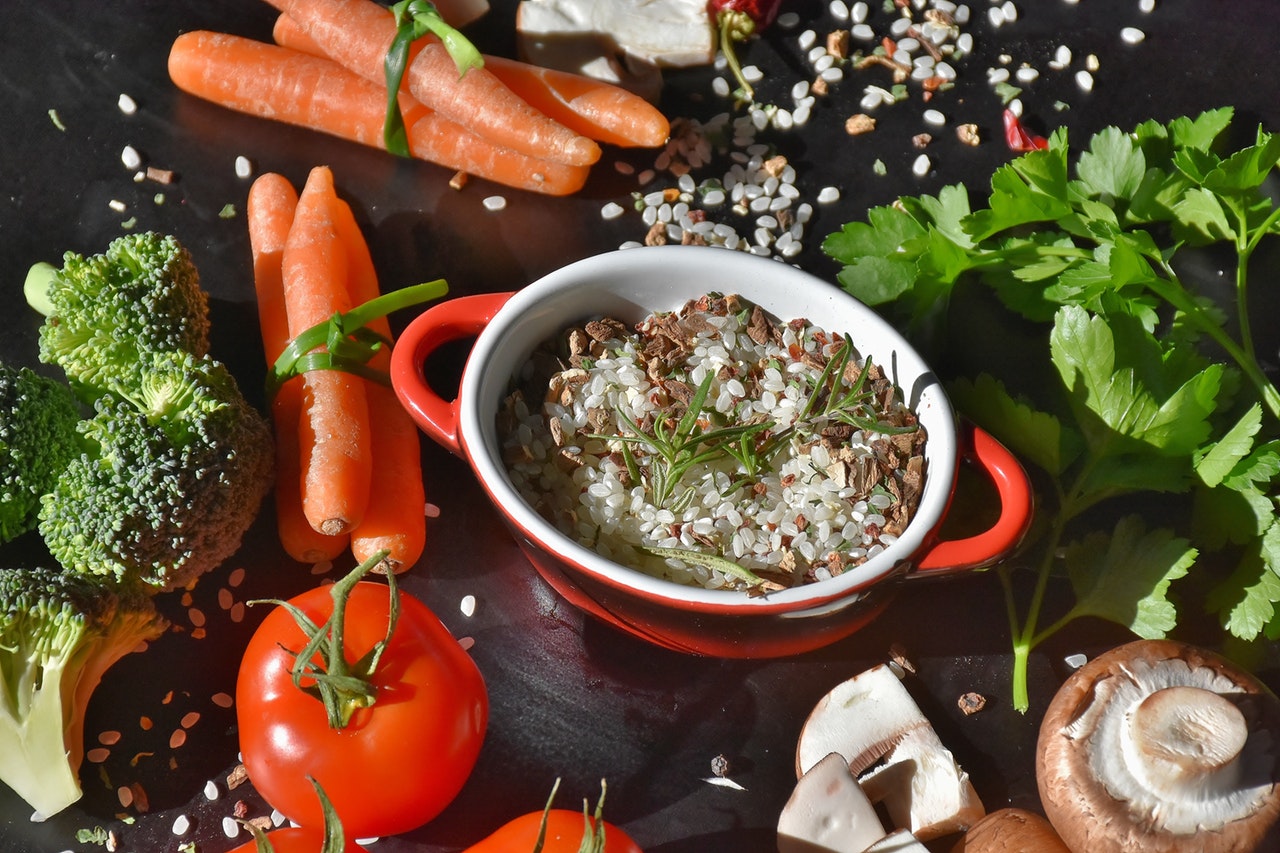I was having a discussion with my wife the other day about what I feel is the lack of diabetic food options in comparison to other alternative food options like Gluten or Peanut allergy.
By the Numbers
I started looking into the numbers and I found that about 29.1 million people in the United States are diagnosed with Diabetes with an estimated of around 8.1 million more that have Diabetes but are not diagnosed, in comparison to the estimated 18 million that are diagnosed with gluten sensitivity, or the 1.9 million people in the United States are diagnosed with a peanut allergy.
Although I do feel that each of these three conditions are all important and can lead to serious results if not managed and/or monitored, I have noticed a disparaging difference in the way the three conditions are treated when it comes to identification and options.
For example, when I go to the grocery store there are whole sections dedicated to gluten free products and I see plenty of products that indicate if gluten or peanuts are in the ingredients. This also occurs when I go out to eat, there are universal symbols to designate an item on the menu is gluten free or contains peanuts.
In both of these instances, I don’t see much or anything that indicates a food is “Diabetic Friendly” other than the occasional “Sugar free” labeling on some grocery products. When it comes to eating out, there are lots of “Healthy” indicators, but being “Healthy” doesn’t always be “Diabetic Friendly”.
Sorry, this is not meant as a rant about the lack of diabetic indicators or options, but it draws a correlation between the number of affected individuals and the way the food industry accommodates or identifies with those that are diabetic.
The Cost of Calories
In today’s world (with the exception of 3rd World Countries) the cost of calories has gone so far down, that it is easy for most people to get an abundance of calories. Imagine living in the 1700’s or 1800’s, the cost of a calorie was expensive.
You needed to be royalty or high society to get access to high calorie foods like chocolate, fatty meats while the average person was eating a lean and mostly vegetable and fruit diet.
The cost of getting calories was high, you either expended a lot of human energy or money to acquire the calories you were consuming.
Fast forward today, where I can go to my local fast food restaurant and purchase for less than $10, a milkshake, burger and fries (large of course) that would be thousands of calories all in one meal.
We can purchase deserts, foods with sugars, with relatively little money and/or effort.
With so much accessibility to high sugar and/or high caloric food items the ability to identify food items that are better for Diabetics that have lower sugars and carbohydrates, higher complex carbohydrates, or a better mix of glucose curve ingredients would be helpful.
Healthy Does Not Always Mean Diabetic Friendly
There are many times when I see items in the grocery store that indicate they are “Healthy”, but as I have discovered over time is that “Healthy” does not always mean “Diabetic Friendly”.
I have to emphasize this: “Healthy” does not always mean “Diabetic”.
There are lots of fruits and veggies that are healthy but very high in natural sugars.
As a Diabetic, sugar and foods that are high in sugars means an elevated glucose level which is not good. For more information, please check out my articles about good/bad fruits for diabetics and good/bad veggies for diabetics.
Although the number of Diabetics far out numbers other conditions like gluten or peanut allergies, the food options/alternatives are far less for diabetics than other conditions.
I would like to see more “Diabetic Friendly” labeled items in the grocery store and on restaurant menus. If you would like to see the same, please comment below and together we can make a difference to have a “Diabetic Friendly” diet for all.


